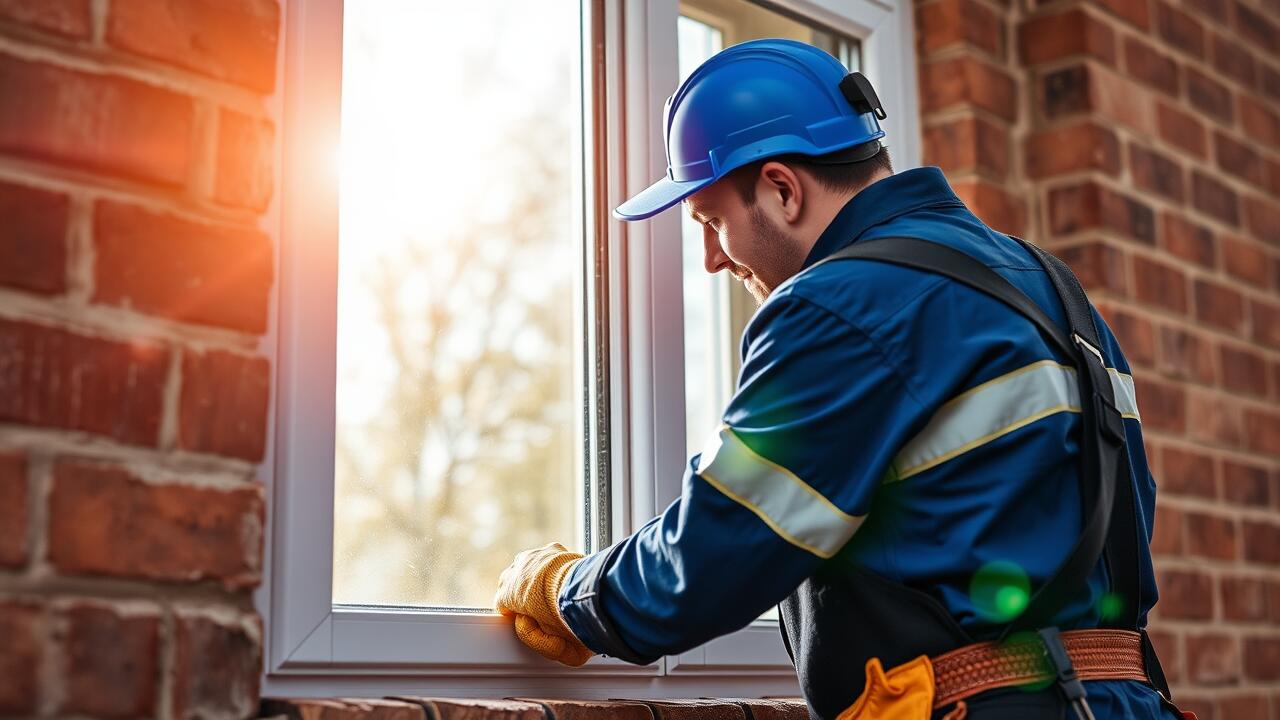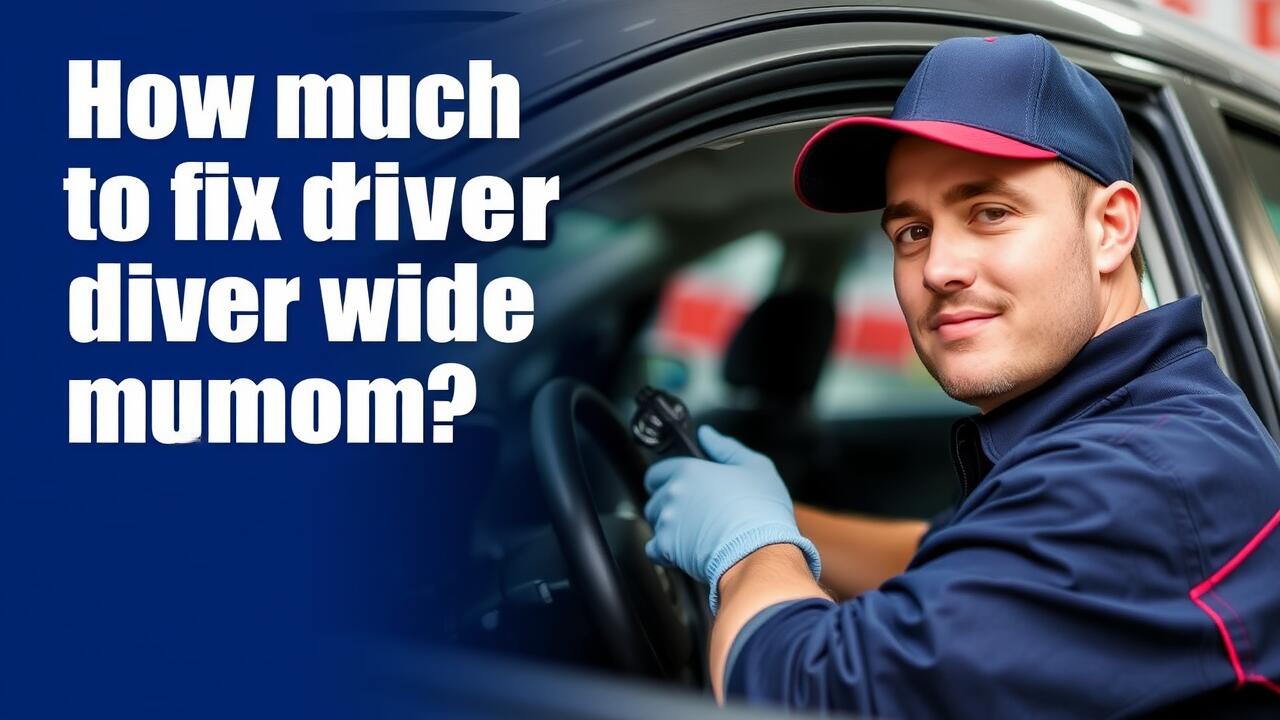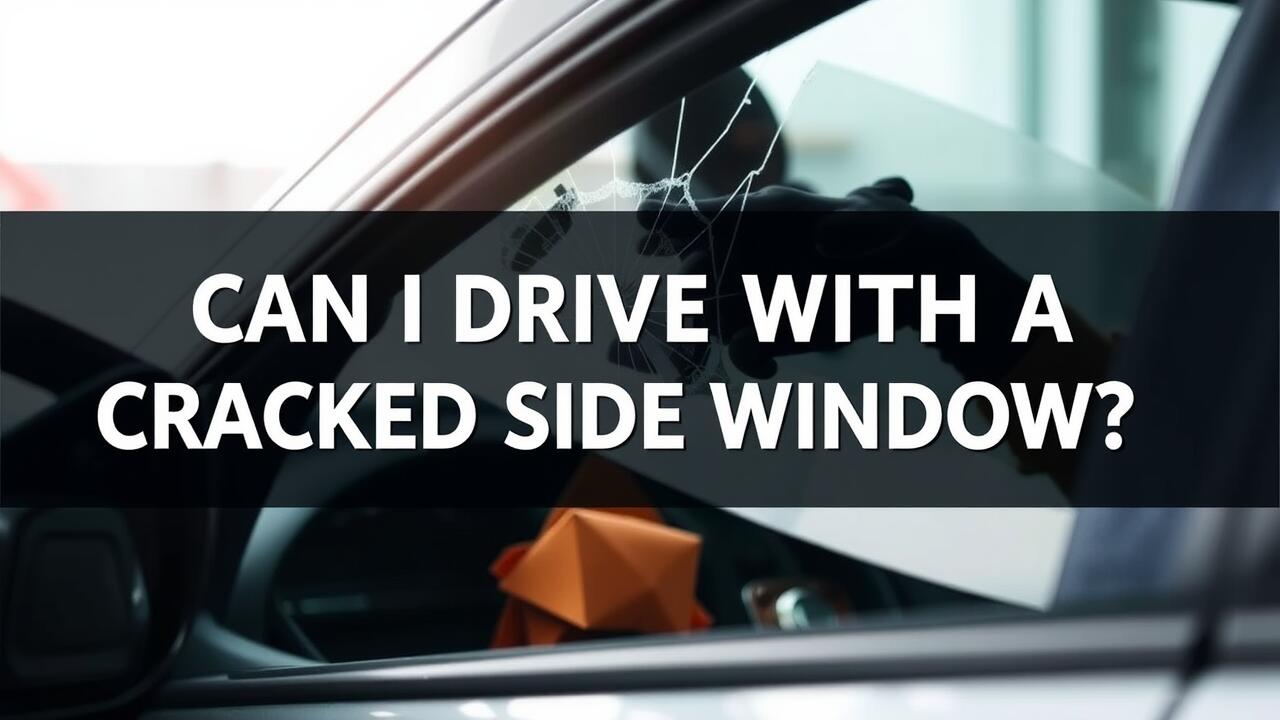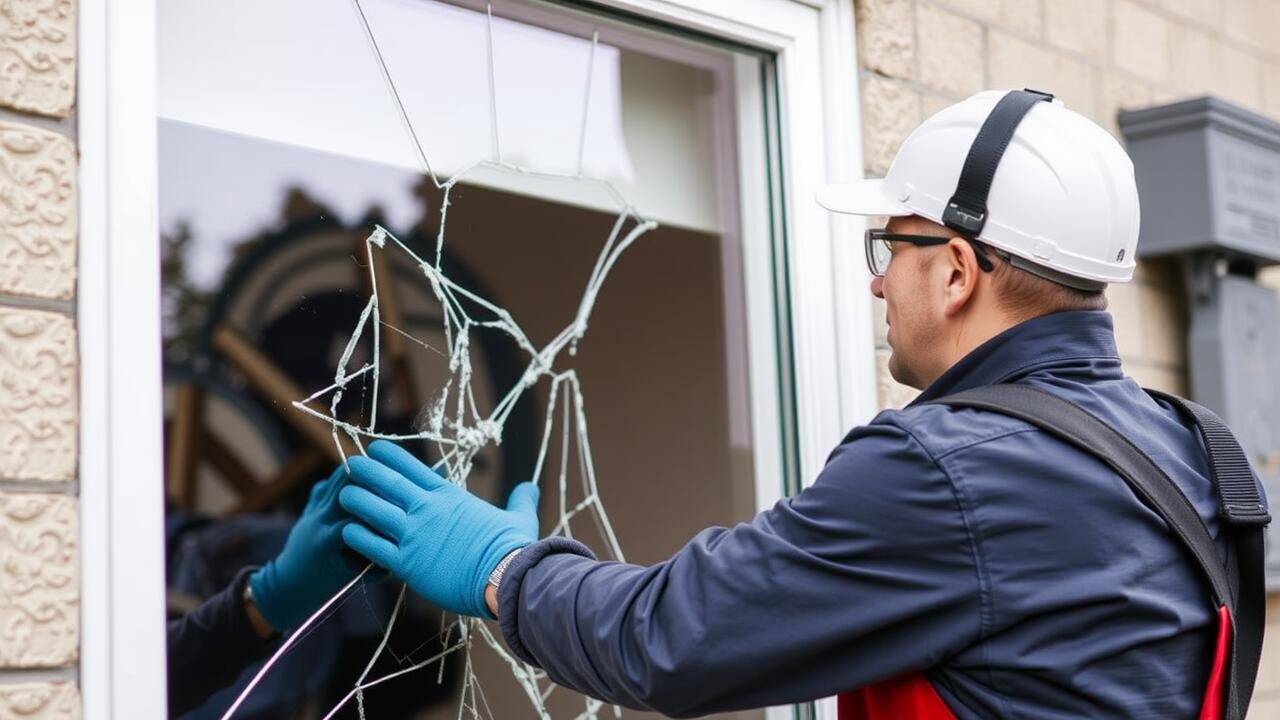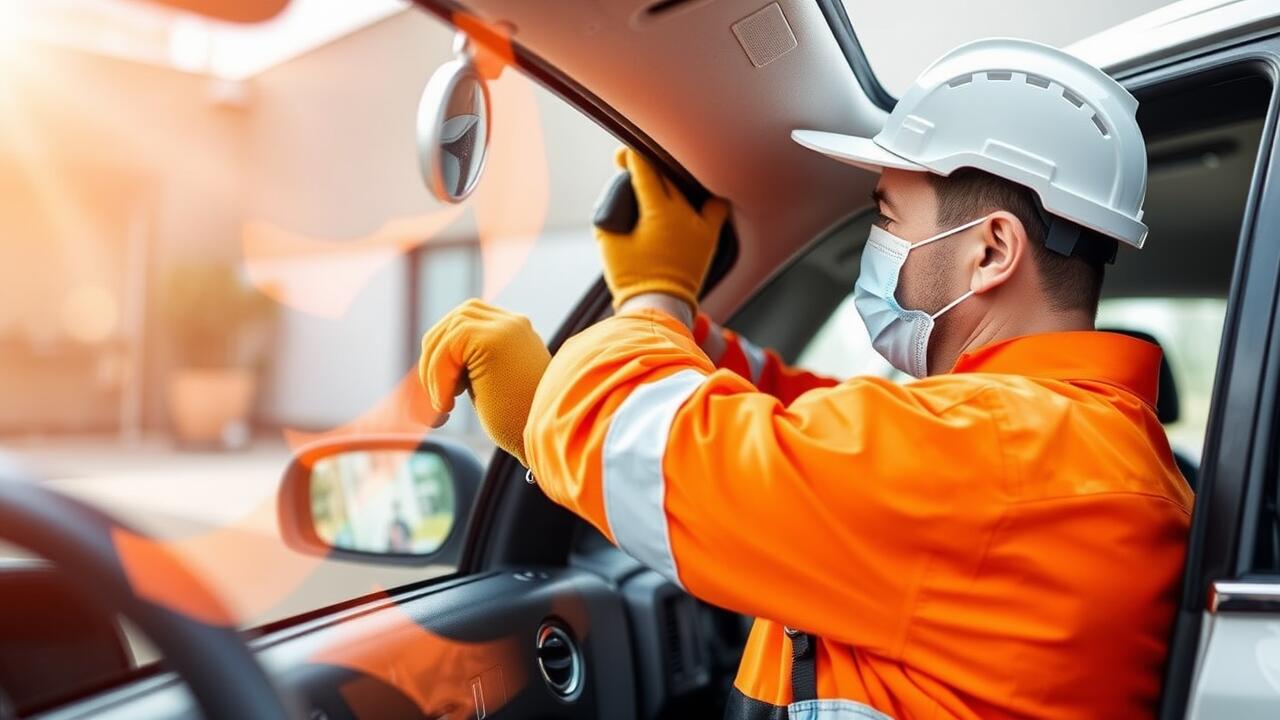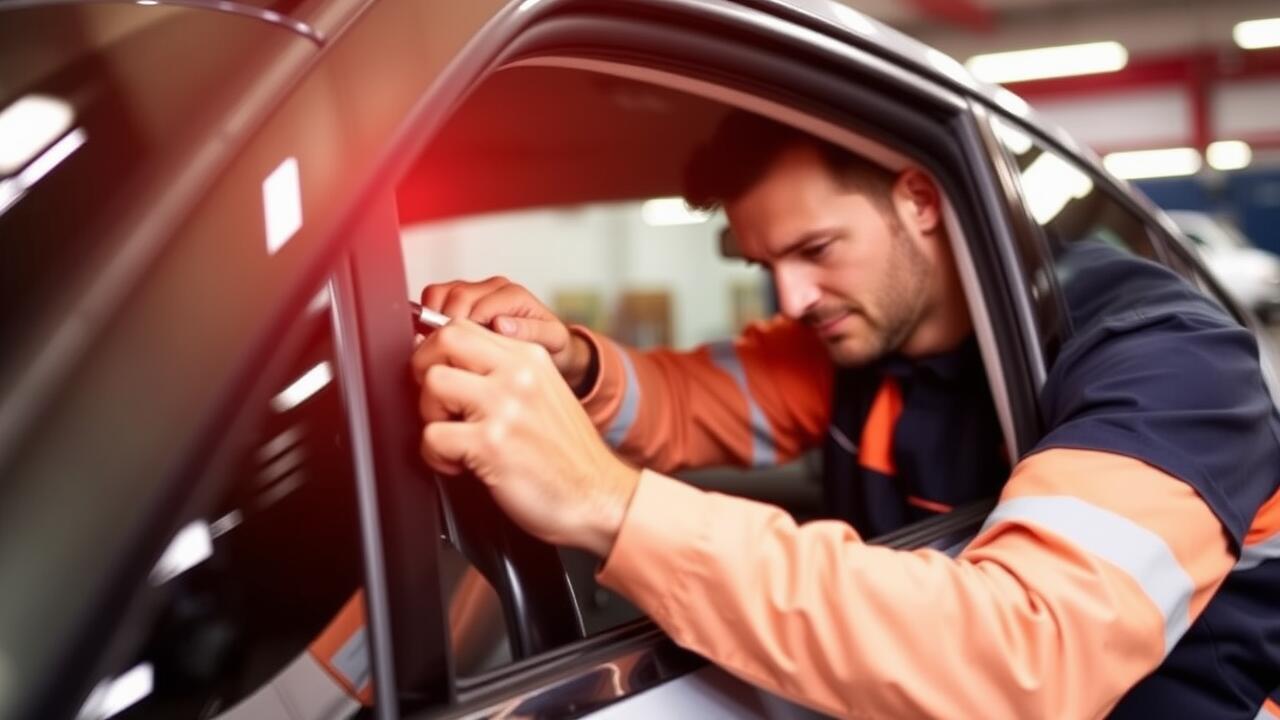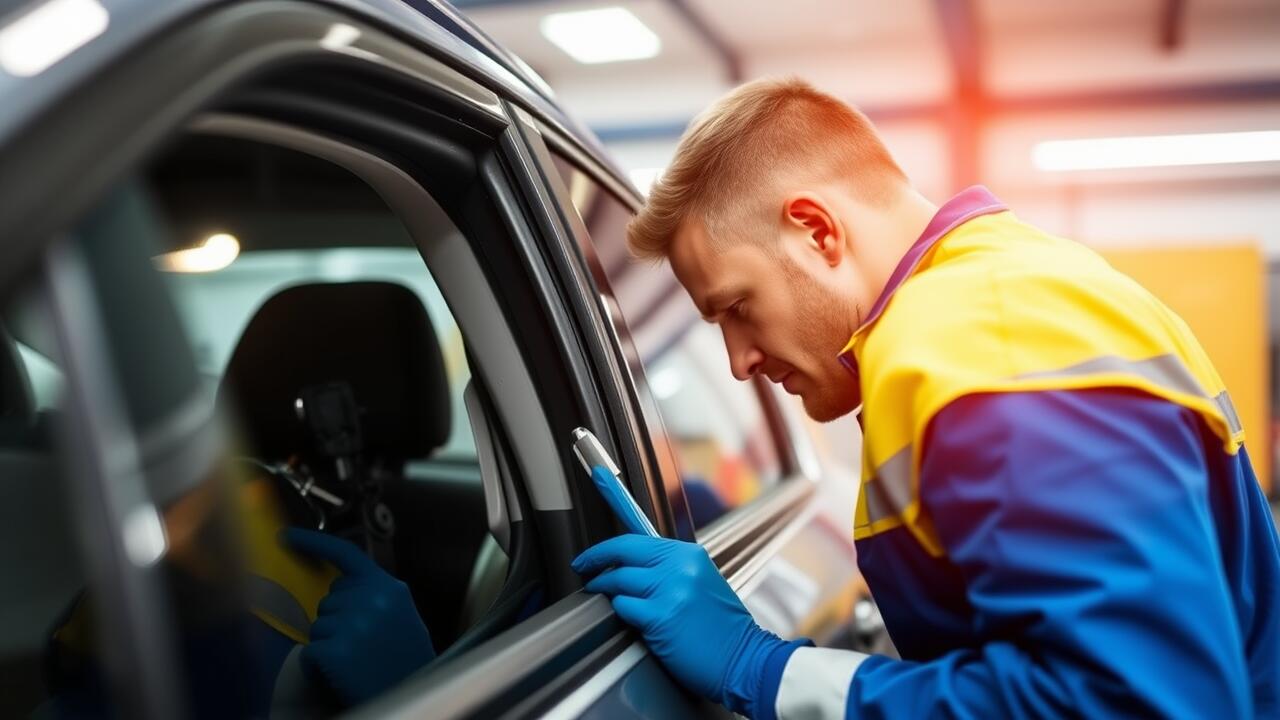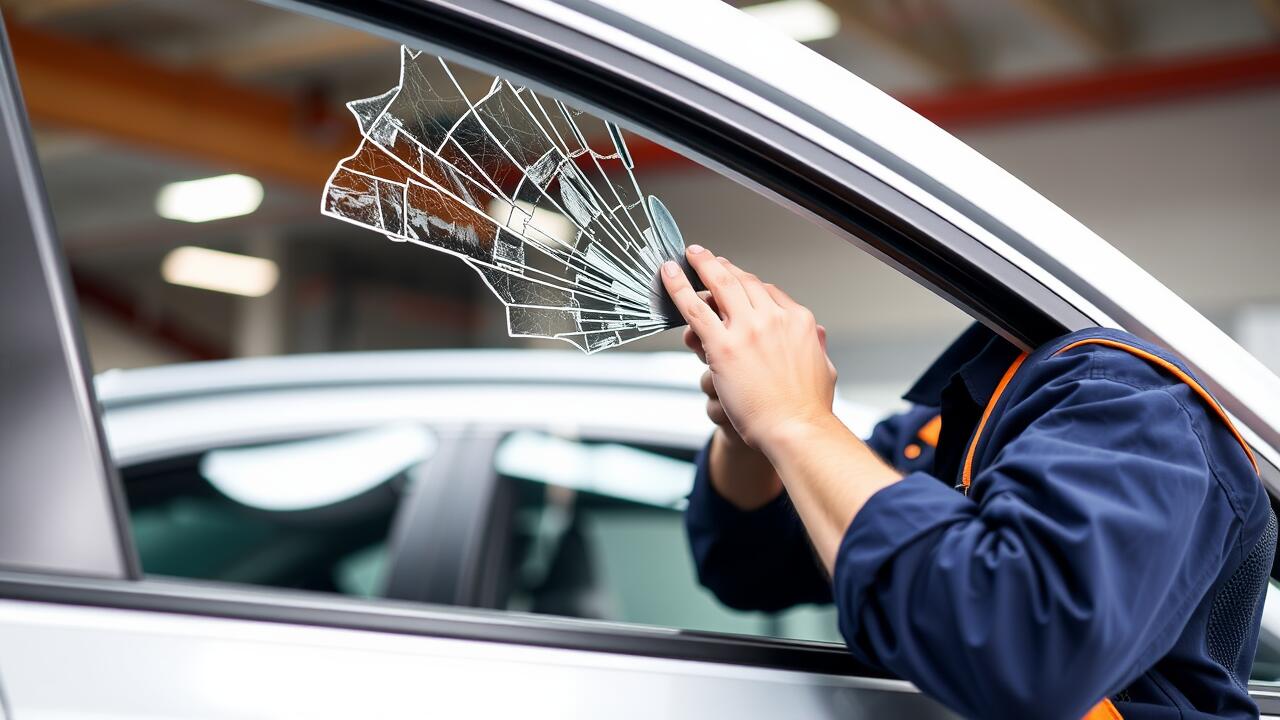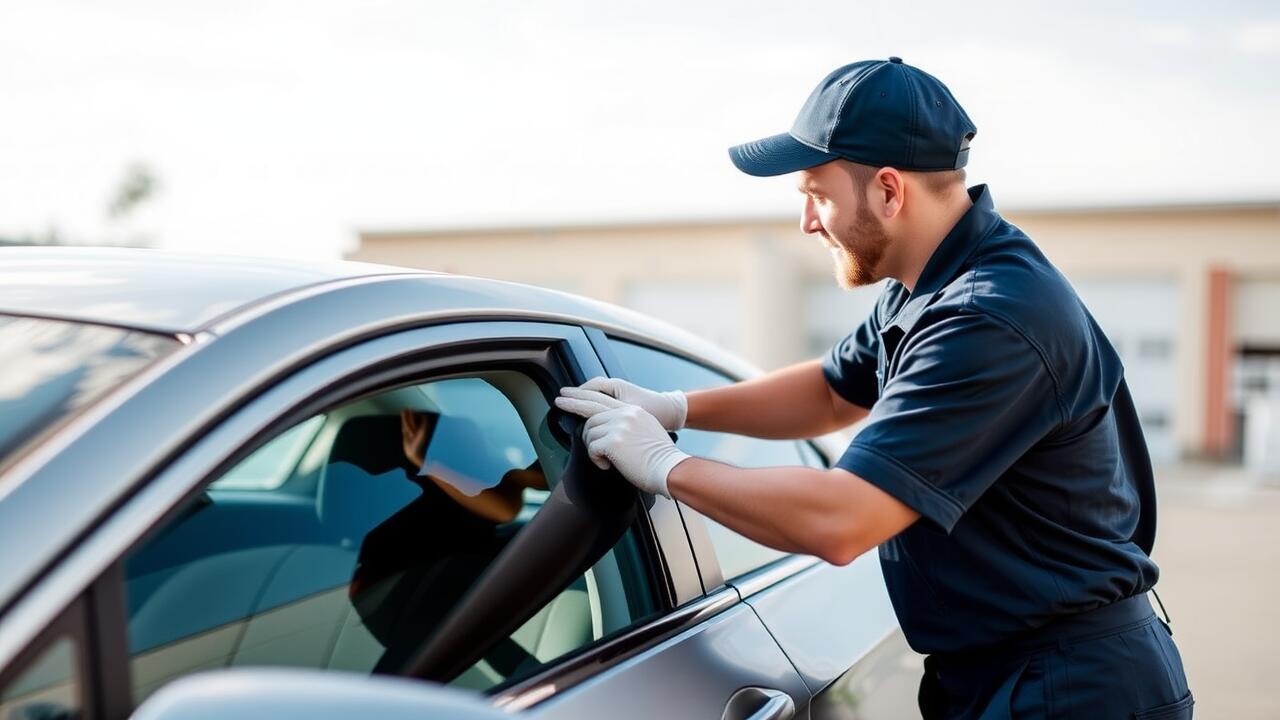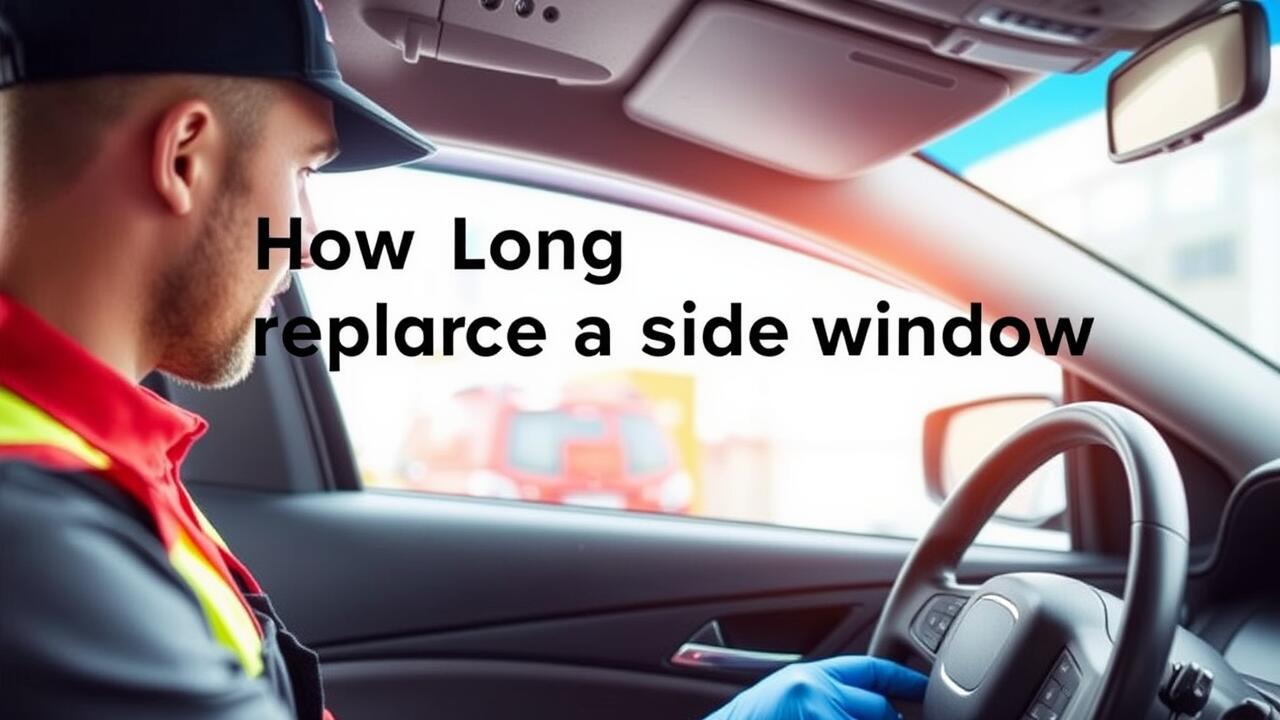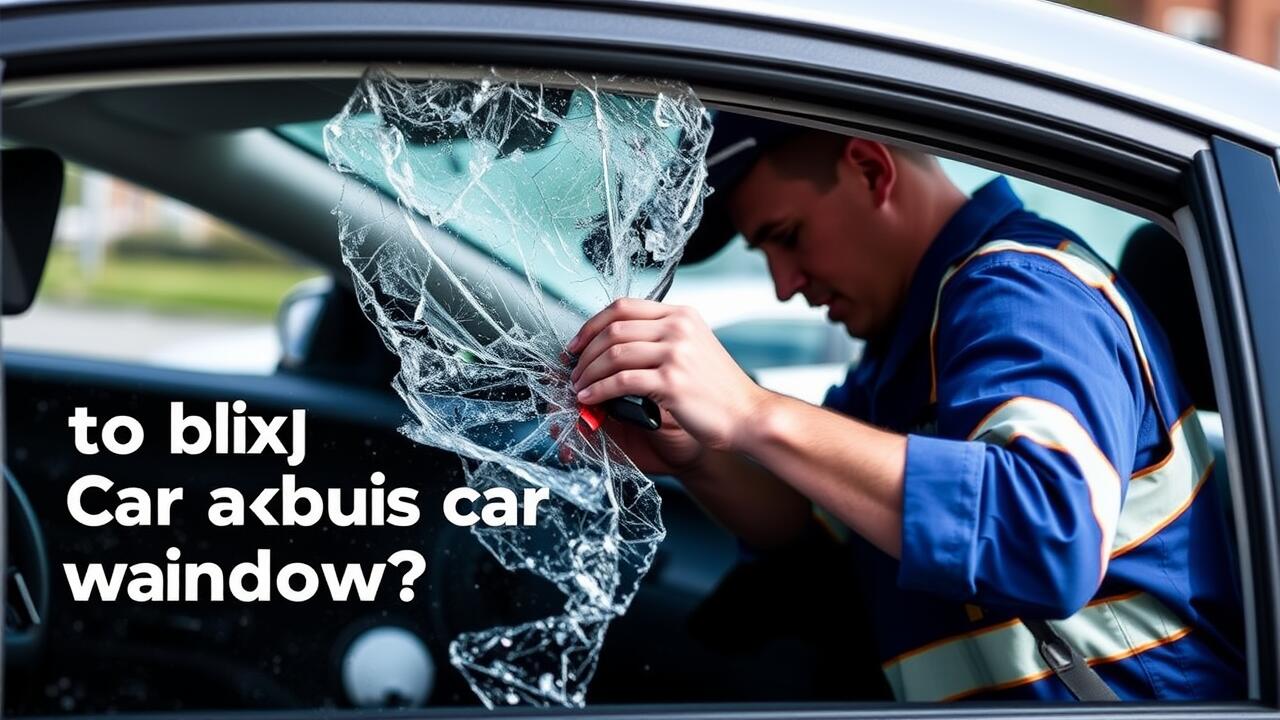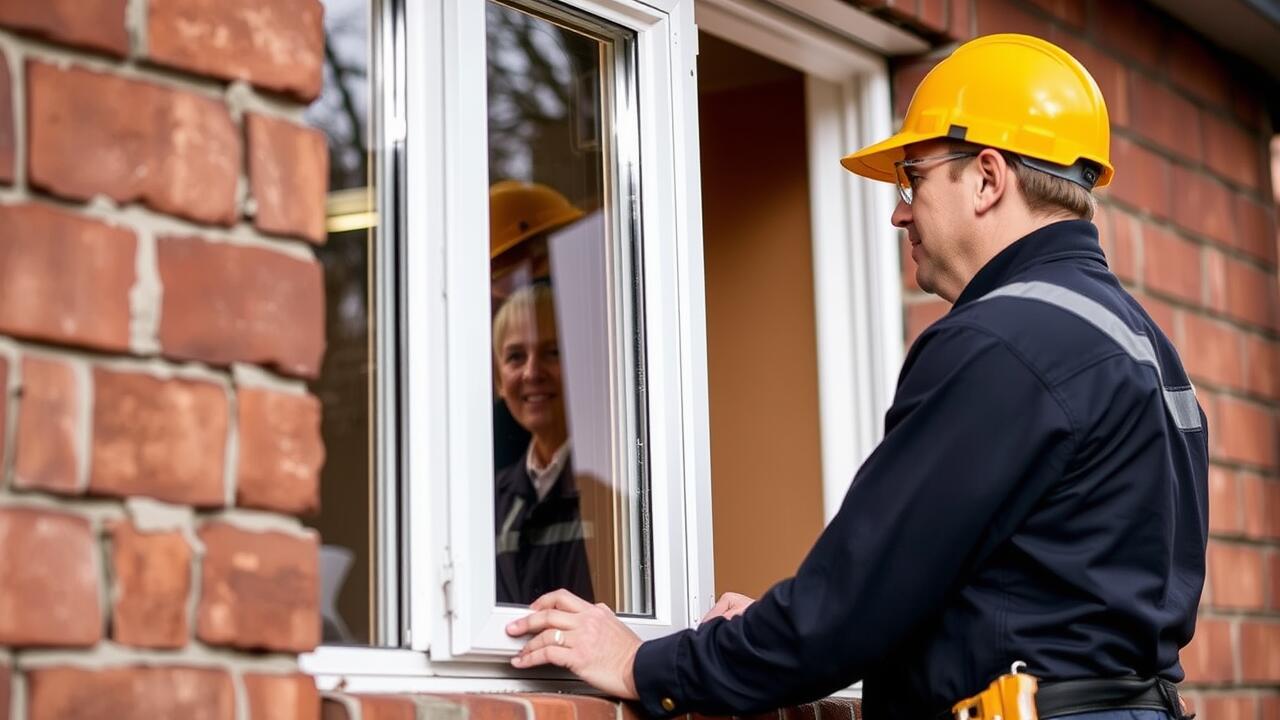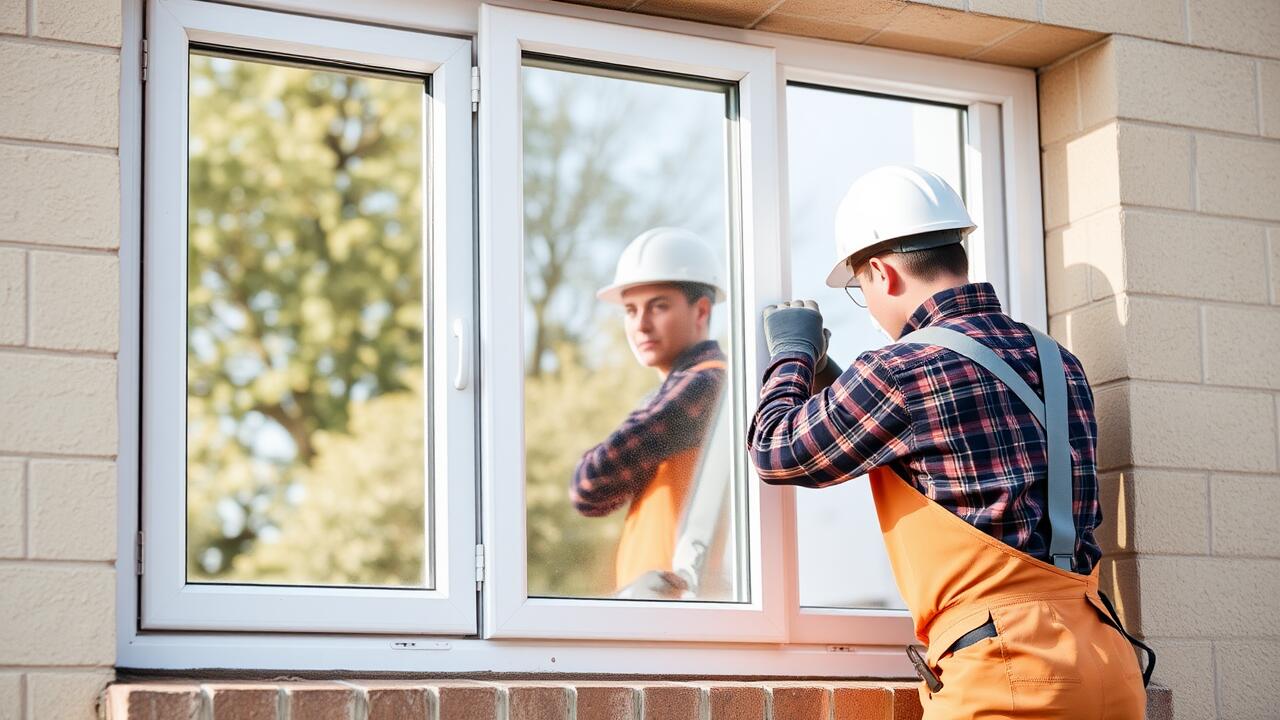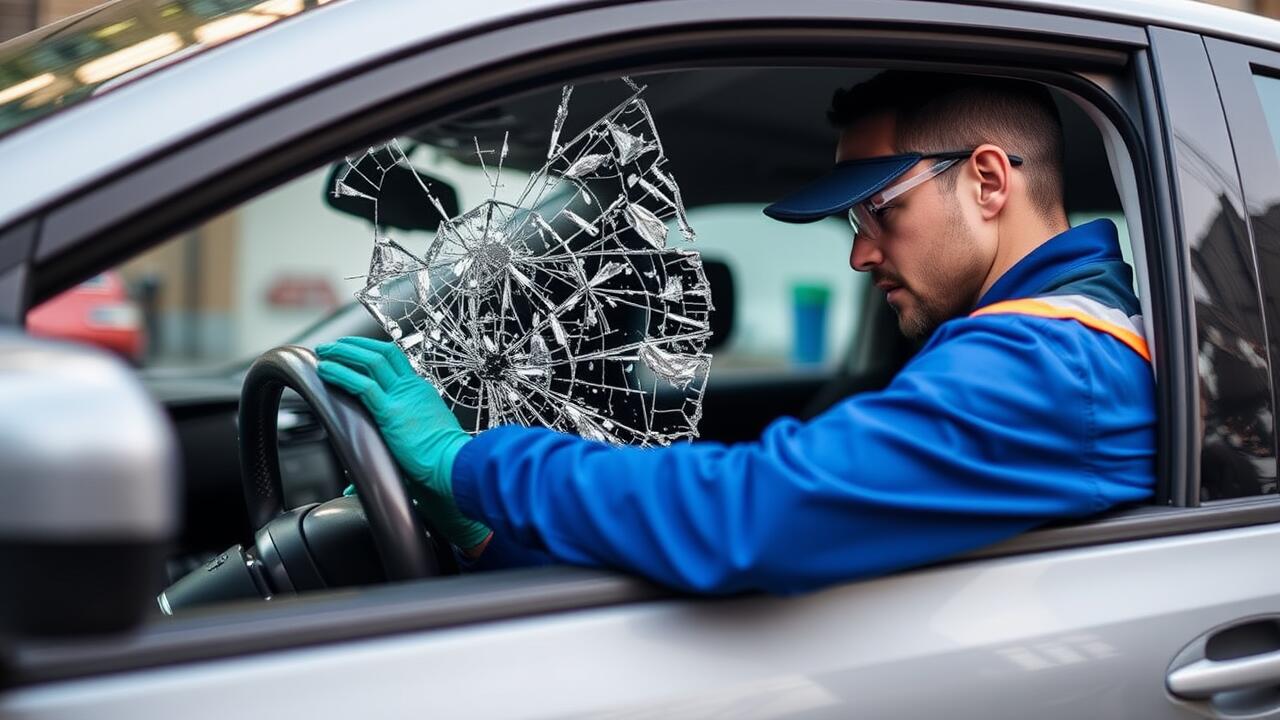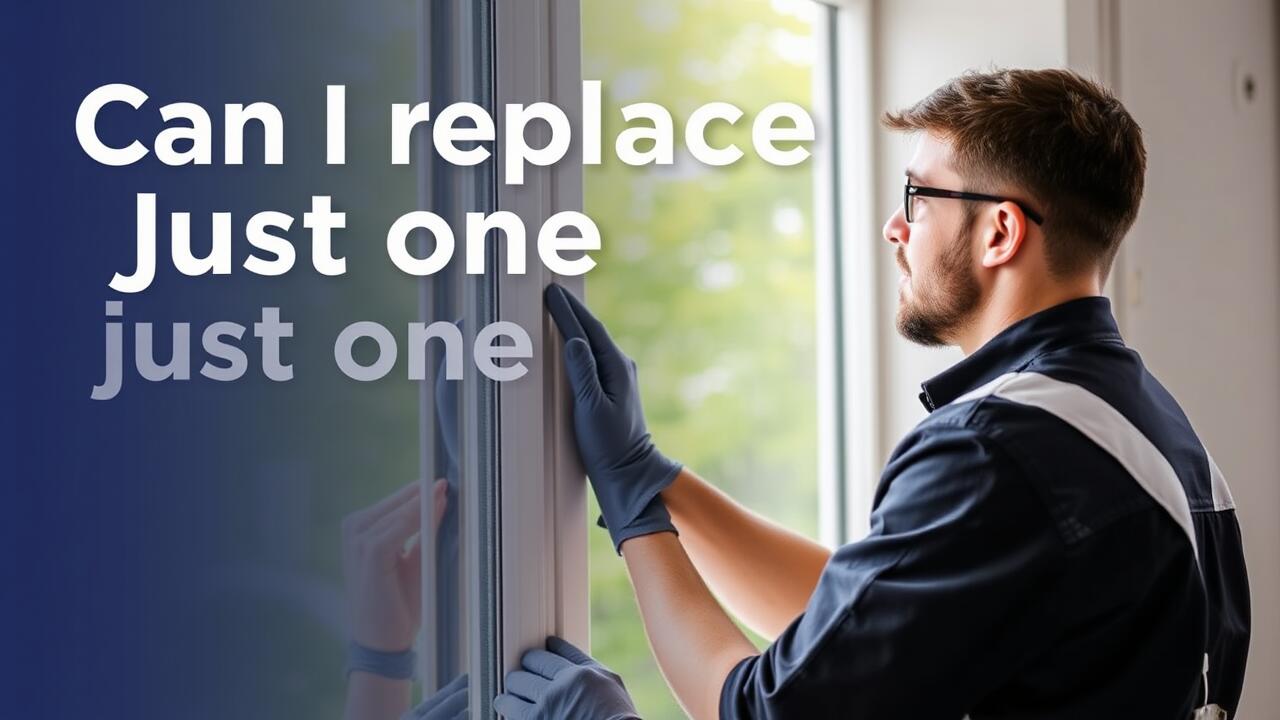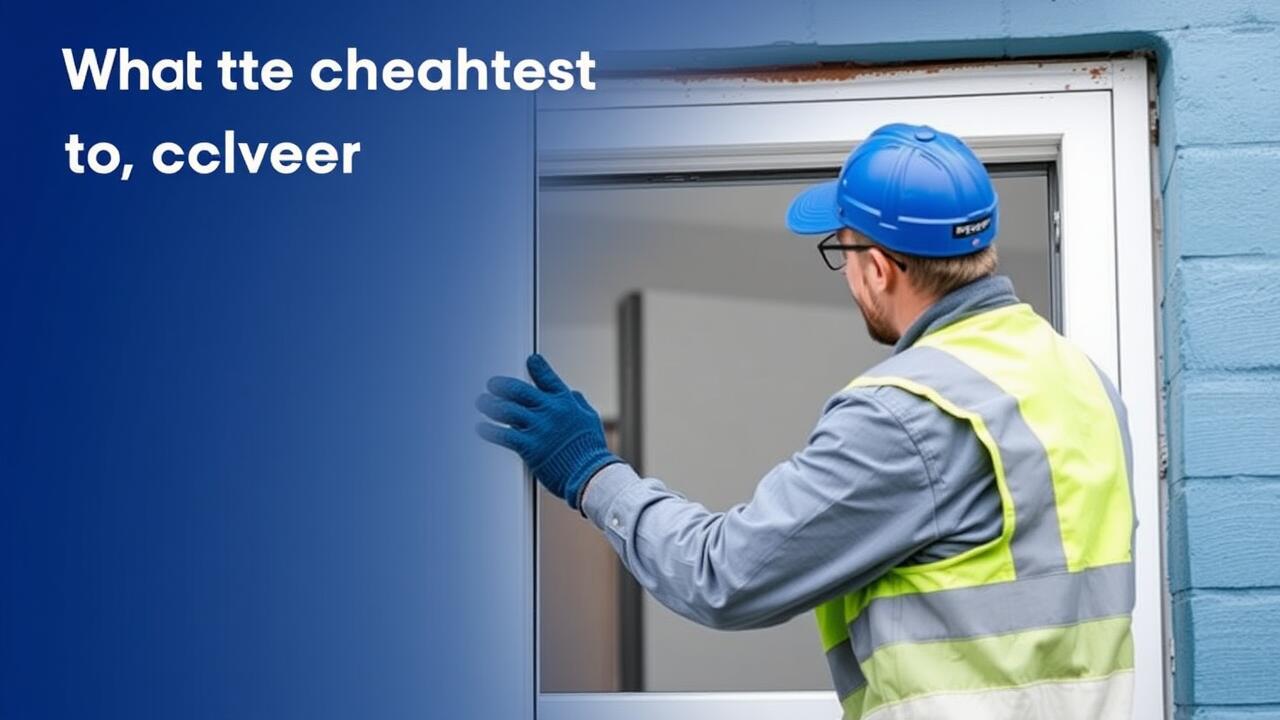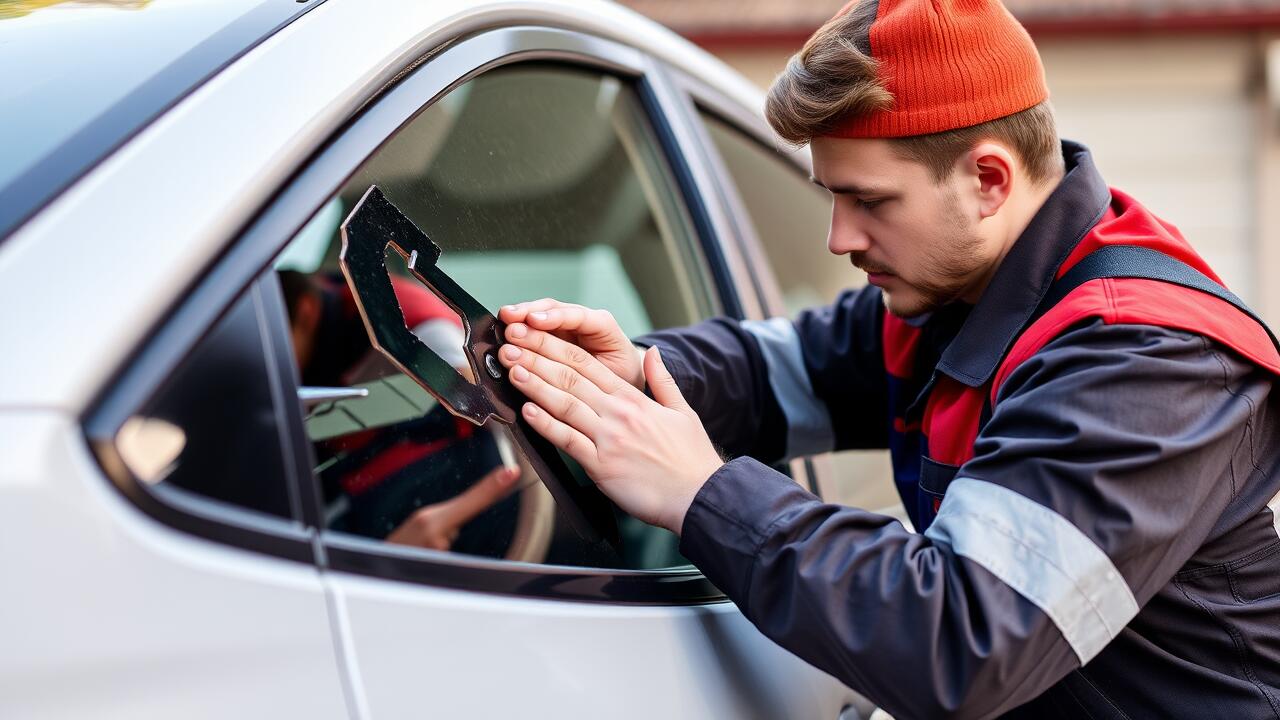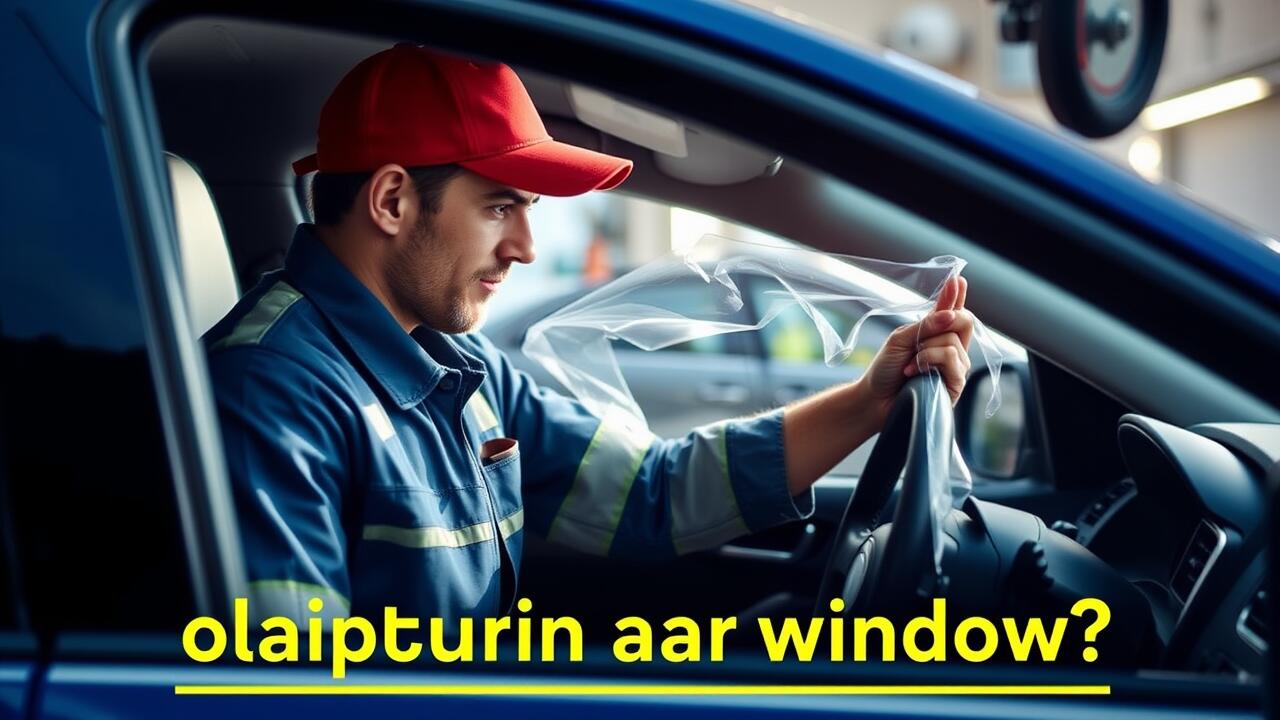
Table Of Contents
Potential Risks of Using Plastic on Car Windows
Using plastic on car windows can pose several risks that drivers should be aware of. Common issues include reduced visibility and increased susceptibility to scratches. As plastic materials, such as polycarbonate or acrylic, may not be as clear or sturdy as glass, they can impair a driver’s vision, especially in adverse weather conditions. Additionally, plastic can scratch easily, leading to a further decrease in clarity over time. These factors could compromise safety on the road, making side window replacement more necessary than simply replacing a damaged glass window.
Another concern is the potential for heat buildup within the vehicle. Plastic windows can absorb and retain heat more than traditional glass, raising the internal temperature of the car rapidly. This can be uncomfortable for passengers and may pose risks for pets left inside. Furthermore, in the event of an accident, the structural integrity of plastic windows is often less than that of glass, which might increase the risk of injury. Therefore, considering these risks is essential when opting for plastic as a solution for side window replacement.
Safety and Visibility Concerns
Using plastic as a temporary solution for car windows can lead to significant safety and visibility concerns. Plastic, especially if not securely attached, may create distractions or impair a driver's view. The material may scratch more easily than glass, leading to cloudiness that reduces clarity. In emergency situations, such obstructions can pose risks, especially if quick response times are necessary.
Additionally, poorly fitted plastic could become dislodged while driving, creating hazards not only for the driver but for other road users. If a window needs to be replaced, many people might consider side window replacement to ensure proper function and visibility. Substituting plastic for glass does not provide the same robustness and structural integrity, so drivers should weigh the potential downsides carefully.
Alternatives to Plastic for Window Protection
When considering alternatives to plastic for window protection, tempered glass stands out as a popular choice. Its durability and resistance to shattering make it suitable for various climates and driving conditions. Unlike plastic, tempered glass offers excellent clarity and can withstand impacts without easily scratching. When a replacement is necessary, a side window replacement with tempered glass can enhance both the safety and aesthetic appeal of the vehicle.
Another viable option is polycarbonate, a highly impact-resistant material. Polycarbonate windows provide significant protection against debris while remaining lightweight. They are more resistant to cracking than standard plastic and can be cut to fit specific dimensions easily. For those seeking a robust solution, exploring polycarbonate as a substitute can lead to effective results, especially in environments prone to extreme weather or rough terrain.
Other Materials to Consider
When considering alternatives to plastic for car window protection, tempered glass often emerges as the best option. This type of glass is engineered to withstand significant impact and offers superior clarity. It is commonly used in modern vehicles for side window replacement due to its safety features. Glass provides enhanced visibility and does not scratch as easily as plastic, making it a reliable choice for any driver seeking durability.
Another alternative worth exploring is polycarbonate. This material is lighter than glass and exceptionally strong, making it resistant to cracking and shattering. Polycarbonate can be a viable option for those looking for lightweight solutions that still provide adequate protection. Both tempered glass and polycarbonate can serve as practical replacements, ensuring that the integrity of the vehicle remains intact while offering clear visibility on the road.
Maintenance Tips for Plastic Car Windows
Keeping plastic car windows in good condition requires regular maintenance to ensure clarity and longevity. Begin by washing the surfaces with a mild soap solution and a soft cloth to avoid scratching. Avoid using abrasive cleaners or materials that can damage the plastic. Rinse thoroughly and dry with a microfiber towel to prevent water spots. Regular cleaning helps maintain visibility and prevents dirt buildup that can lead to more significant issues over time.
In case of scratches or significant wear, consider options for repair or replacement. While minor scratches can sometimes be polished out, deeper damage may necessitate professional Side Window Replacement. If the plastic shows signs of yellowing or fading, specialized plastic polish may help restore some clarity. Always take care to follow manufacturer recommendations for best results, ensuring that any maintenance performed does not compromise the integrity of the window.
Ensuring Longevity and Clarity
Caring for plastic car windows requires attention to detail to maintain their clarity and functionality. Regular cleaning with a mild soap solution can help remove dirt and grime without scratching the surface. Avoid using harsh chemicals or abrasive materials that can degrade the plastic. Additionally, applying a UV protectant designed for plastics can help minimize yellowing and cracking over time. Proper storage of the vehicle, such as parking in shaded areas or using sunshades, further protects the windows from prolonged exposure to sunlight.
In cases where significant damage occurs, such as cracks or deep scratches, considering a professional side window replacement may be necessary. Replacement ensures the safety and visibility of the vehicle while restoring its overall appearance. Keeping the windows free from heavy impacts and preventing the stacking of objects against them can also prolong their lifespan. Regular inspections for any signs of wear can identify potential issues early, thus preserving both functionality and clarity.
FAQS
Can I use plastic sheets to temporarily cover a broken car window?
Yes, using plastic sheets can provide temporary protection for a broken car window. However, ensure that it is securely fastened to avoid visibility issues and potential hazards while driving.
What types of plastic are safe to use on car windows?
While some types of plastic can be used, it is recommended to avoid using regular plastic wrap or bags. Opt for materials like acrylic or polycarbonate, which are more durable and clearer for visibility.
Does using plastic on a car window affect visibility?
Yes, using plastic on a car window can affect visibility. Poor quality plastic can distort vision, especially in bright sunlight or at night, which can pose safety risks while driving.
How can I maintain plastic coverings on my car windows?
To maintain plastic coverings, clean them regularly with a mild soap and water solution, avoiding harsh chemicals. Store the vehicle in a garage or shaded area to extend the life of the plastic.
Are there any legal restrictions on using plastic on car windows?
Yes, laws regarding window coverings vary by state. It's important to check local regulations to ensure that using plastic on your car windows does not violate any laws regarding visibility and safety.
